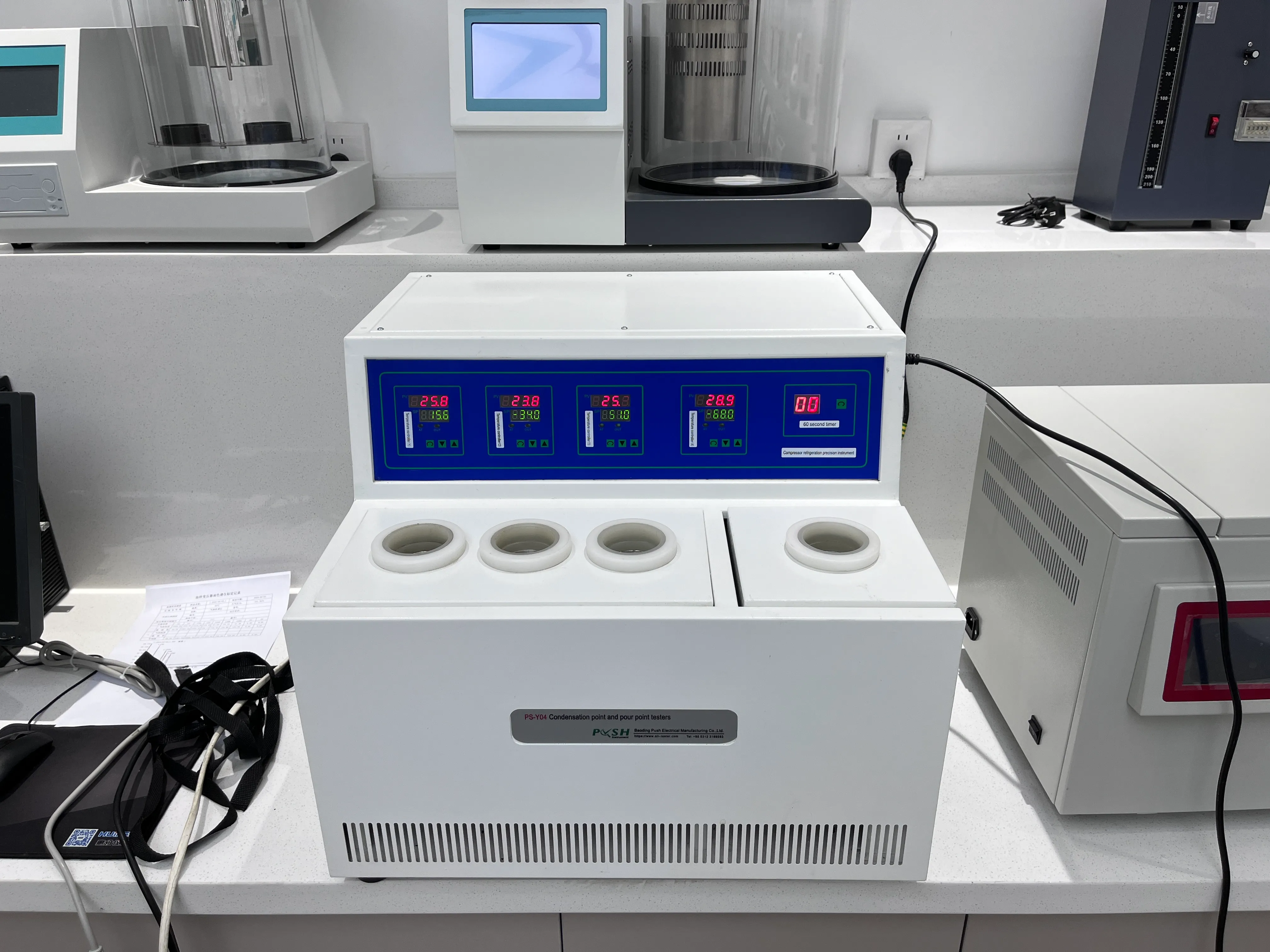 English
English



-
 Afrikaans
Afrikaans -
 Albanian
Albanian -
 Amharic
Amharic -
 Arabic
Arabic -
 Armenian
Armenian -
 Azerbaijani
Azerbaijani -
 Basque
Basque -
 Belarusian
Belarusian -
 Bengali
Bengali -
 Bosnian
Bosnian -
 Bulgarian
Bulgarian -
 Catalan
Catalan -
 Cebuano
Cebuano -
 China
China -
 China (Taiwan)
China (Taiwan) -
 Corsican
Corsican -
 Croatian
Croatian -
 Czech
Czech -
 Danish
Danish -
 Dutch
Dutch -
 English
English -
 Esperanto
Esperanto -
 Estonian
Estonian -
 Finnish
Finnish -
 French
French -
 Frisian
Frisian -
 Galician
Galician -
 Georgian
Georgian -
 German
German -
 Greek
Greek -
 Gujarati
Gujarati -
 Haitian Creole
Haitian Creole -
 hausa
hausa -
 hawaiian
hawaiian -
 Hebrew
Hebrew -
 Hindi
Hindi -
 Miao
Miao -
 Hungarian
Hungarian -
 Icelandic
Icelandic -
 igbo
igbo -
 Indonesian
Indonesian -
 irish
irish -
 Italian
Italian -
 Japanese
Japanese -
 Javanese
Javanese -
 Kannada
Kannada -
 kazakh
kazakh -
 Khmer
Khmer -
 Rwandese
Rwandese -
 Korean
Korean -
 Kurdish
Kurdish -
 Kyrgyz
Kyrgyz -
 Lao
Lao -
 Latin
Latin -
 Latvian
Latvian -
 Lithuanian
Lithuanian -
 Luxembourgish
Luxembourgish -
 Macedonian
Macedonian -
 Malgashi
Malgashi -
 Malay
Malay -
 Malayalam
Malayalam -
 Maltese
Maltese -
 Maori
Maori -
 Marathi
Marathi -
 Mongolian
Mongolian -
 Myanmar
Myanmar -
 Nepali
Nepali -
 Norwegian
Norwegian -
 Norwegian
Norwegian -
 Occitan
Occitan -
 Pashto
Pashto -
 Persian
Persian -
 Polish
Polish -
 Portuguese
Portuguese -
 Punjabi
Punjabi -
 Romanian
Romanian -
 Russian
Russian -
 Samoan
Samoan -
 Scottish Gaelic
Scottish Gaelic -
 Serbian
Serbian -
 Sesotho
Sesotho -
 Shona
Shona -
 Sindhi
Sindhi -
 Sinhala
Sinhala -
 Slovak
Slovak -
 Slovenian
Slovenian -
 Somali
Somali -
 Spanish
Spanish -
 Sundanese
Sundanese -
 Swahili
Swahili -
 Swedish
Swedish -
 Tagalog
Tagalog -
 Tajik
Tajik -
 Tamil
Tamil -
 Tatar
Tatar -
 Telugu
Telugu -
 Thai
Thai -
 Turkish
Turkish -
 Turkmen
Turkmen -
 Ukrainian
Ukrainian -
 Urdu
Urdu -
 Uighur
Uighur -
 Uzbek
Uzbek -
 Vietnamese
Vietnamese -
 Welsh
Welsh -
 Bantu
Bantu -
 Yiddish
Yiddish -
 Yoruba
Yoruba -
 Zulu
Zulu
alternating current generator ac dynamo
Understanding the Alternating Current Generator The AC Dynamo
The alternating current generator, often referred to as an AC dynamo, plays a pivotal role in the generation of electrical energy in modern power systems. Unlike direct current (DC) generators that produce a constant voltage, AC generators produce an alternating voltage, allowing for the efficient transmission of power over long distances. This article explores the principles of operation, construction, and applications of AC dynamos.
At the heart of the AC dynamo is the principle of electromagnetic induction, as discovered by Michael Faraday in the 19th century. When a conductor, such as a copper wire, moves through a magnetic field, an electric current is induced in the conductor. The AC dynamo takes advantage of this phenomenon by rotating a coil of wire within a magnetic field, which can be created either by permanent magnets or electromagnets.
The basic construction of an AC generator consists of a rotor, stator, and brush assembly. The rotor, which is attached to a shaft, rotates inside the stator, where the magnetic field is generated. As the rotor spins, the motion of the coil within the magnetic field produces alternating current. The frequency of the alternating current is determined by the speed of the rotor and the number of magnetic poles present in the generator. For instance, a two-pole generator rotating at 60 revolutions per minute (RPM) will generate AC with a frequency of 60 Hertz (Hz).
One distinct characteristic of AC generators is the use of a slip ring and brush system. Unlike DC generators that use a commutator to provide a unidirectional current, AC generators employ slip rings that allow for the continuous flow of alternating current. The brushes maintain contact with the rotating slip rings, effectively transferring the generated electricity to an external circuit.
alternating current generator ac dynamo

AC dynamos can vary in size and capacity, serving a wide range of applications from small portable generators powering household appliances to large power plants generating electricity for entire cities. In households, small AC generators can serve as backup power sources during outages, while larger AC generators are crucial for industrial processes, ensuring that electrical machinery operates smoothly.
One of the significant advantages of alternating current is its ability to be easily transformed to different voltage levels using transformers. This characteristic is particularly advantageous for long-distance power transmission, where high voltage is essential to minimize energy loss due to resistance in transmission lines. High-voltage transmission allows electricity to be transferred over vast distances from generation sites to consumption areas with significantly less loss.
Moreover, AC generators are central to the grid system that integrates multiple energy sources, such as solar, wind, and fossil fuels. This integration is vital for ensuring a stable and reliable energy supply. The flexibility of AC systems makes them indispensable in the evolving landscape of energy production and consumption.
In summary, the alternating current generator or AC dynamo is a fundamental component in the generation and distribution of electrical energy. Its reliance on electromagnetic induction, combined with its versatility and efficiency, has made it essential for both industrial and domestic applications. As technology continues to advance, AC generators will remain integral in meeting the growing energy demands of the modern world.
-
Testing Equipment Industry Sees Major Advancements in 2025: Smart & Precision Technologies Lead the WayNewsJun.06,2025
-
Applications of Direct Current Generators in Renewable Energy SystemsNewsJun.05,2025
-
Hipot Tester Calibration and Accuracy GuidelinesNewsJun.05,2025
-
Digital Circuit Breaker Analyzer Features and BenefitsNewsJun.05,2025
-
Benefits of Real-Time Power Quality Monitoring Devices for Industrial EfficiencyNewsJun.05,2025
-
Earth Fault Loop Testing in High-Rise Building Electrical SystemsNewsJun.05,2025



